Apple Picking
It was a Good Year for apples at the Mill…
This year brought with it a roaring harvest for our apples at the Mill. After many years of waiting, our orchard seems to be maturing a bit. Too much to harvest in one go, we’ve made several endeavours to garner as many as possible. On 3rd November, Emily (who, along with Debbie works tirelessly on the garden) had another stab at it, venturing up the stepladder with our apple hook to try and steal the most she could reach from the blanket of apples at the top of the tree. We grow mostly eating apples, with a few cooking apples as well. This year, we’ve had more Bramleys than ever before, and for the first time they turned a beautiful, rich shade of red (in previous years, they’ve usually been mostly green which is interesting).
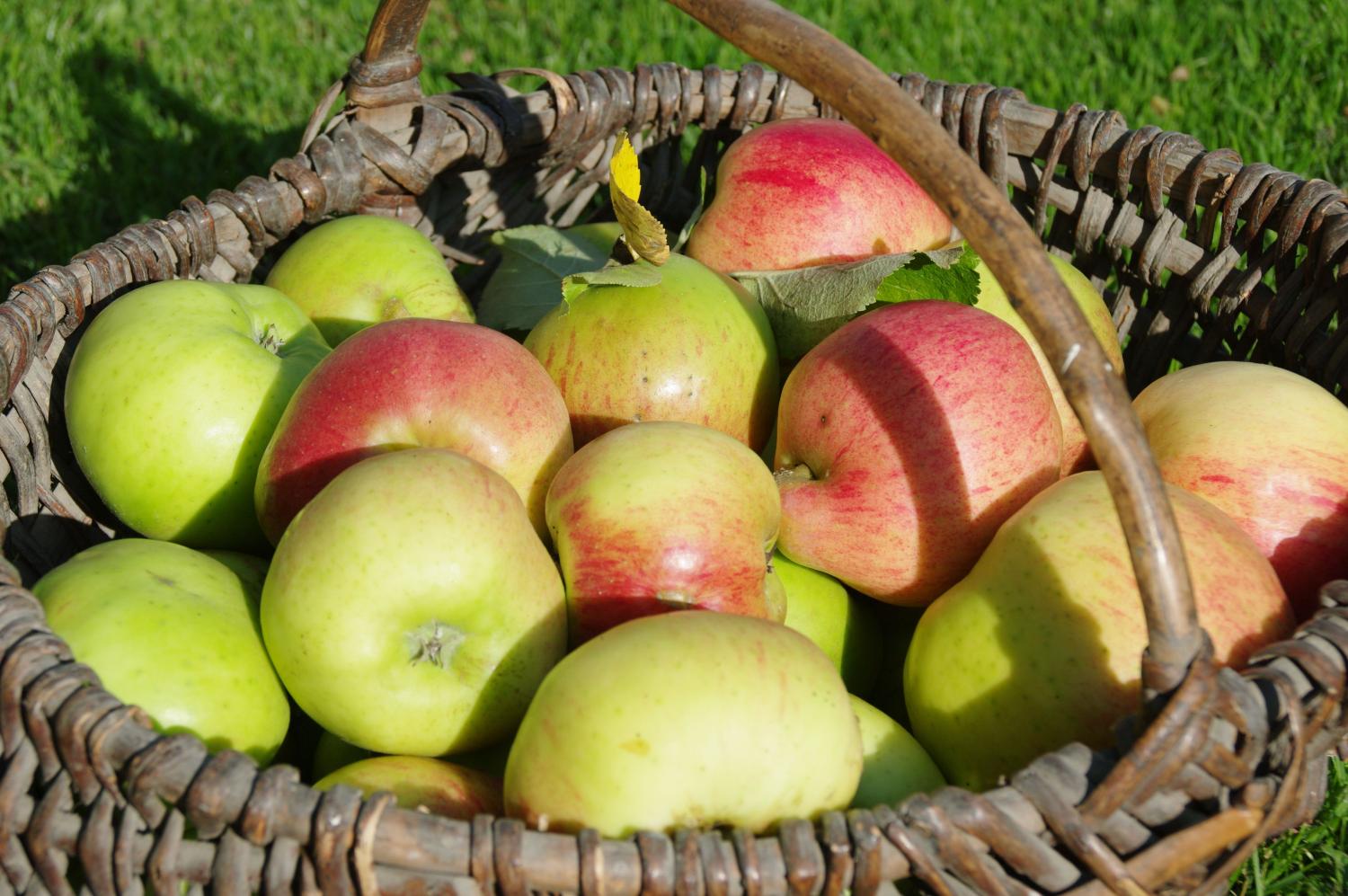
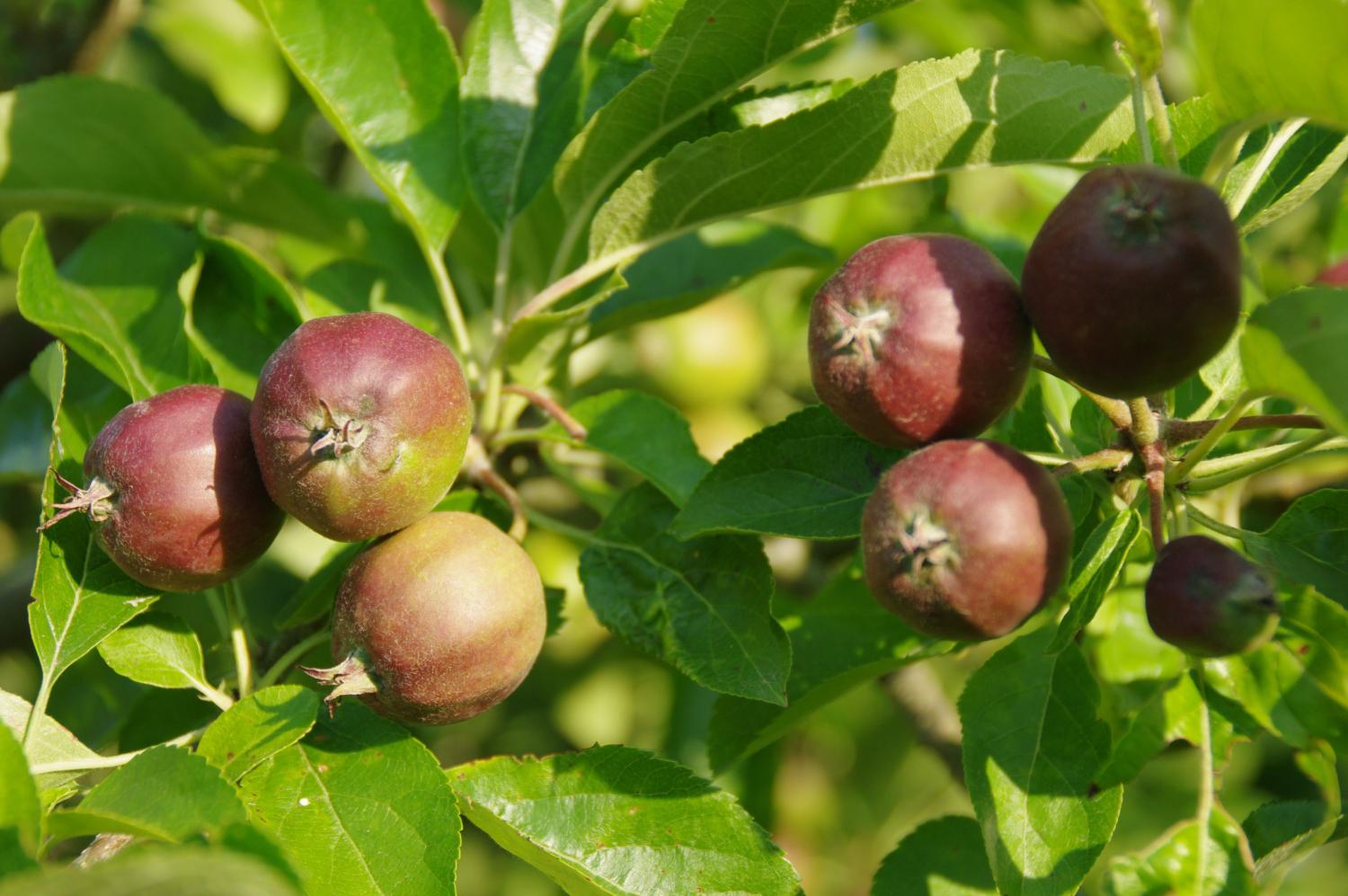
By way of dessert apples, we are growing Siddington Russet, Rosemary Russet, Herefordshire Russet, Ashmead’s Kernel (said to have originated in Gloucester), Chaceley Kernel (from Chaceley, Gloucestershire), and Hunts Duke of Gloucestershire (a local variety). For cider, we’ve been growing another local variety, the rather marvellously named Kenchy Pippin. For our cooking apples, we grow Blenheim Orange, and Bramley. Emily informs me that Chaceley Kernel, Hunts Duke of Gloucestershire, and Kenchy Pippin are all on the Gloucestershire Orchard Trust’s endangered list, so we particularly like to have them growing in our orchard, even though they are not yet producing much of a crop (they are still quite young).


We’ve also got a couple of mystery trees, which we think might be Golden Delicious and Egremont Russet, that seem to thrive in our growing conditions in the valley. They provide about half of what is juiced, along with as many Bramleys as we can spare to bring the flavour down to earth a bit. The result is that our juice tends to be luxuriously sweet! We’ve also got pear, cherry, peach, and apricot trees, along with crab apples, damsons and gages and a couple of quinces. More recently, a some almonds and walnut trees have joined the ranks. However, this post is dedicated to our apples, so I will save the jellies, jams and nuts for another day…
Many of our apples this year are being pressed into juice. For years, my mother (Siobhan) has taken the apples to Day’s Cottage for pressing. Like us, Day’s Cottage are another family-run business, and they are based in Gloucestershire. If you live locally, do check them out – their apple juice is award winning, and they have also won awards from the Campaign to Protect Rural England, and Gloucestershire Wildlife Trust, for their work and commitment to orchards and the surrounding wildlife that come with it. You can find their website here.
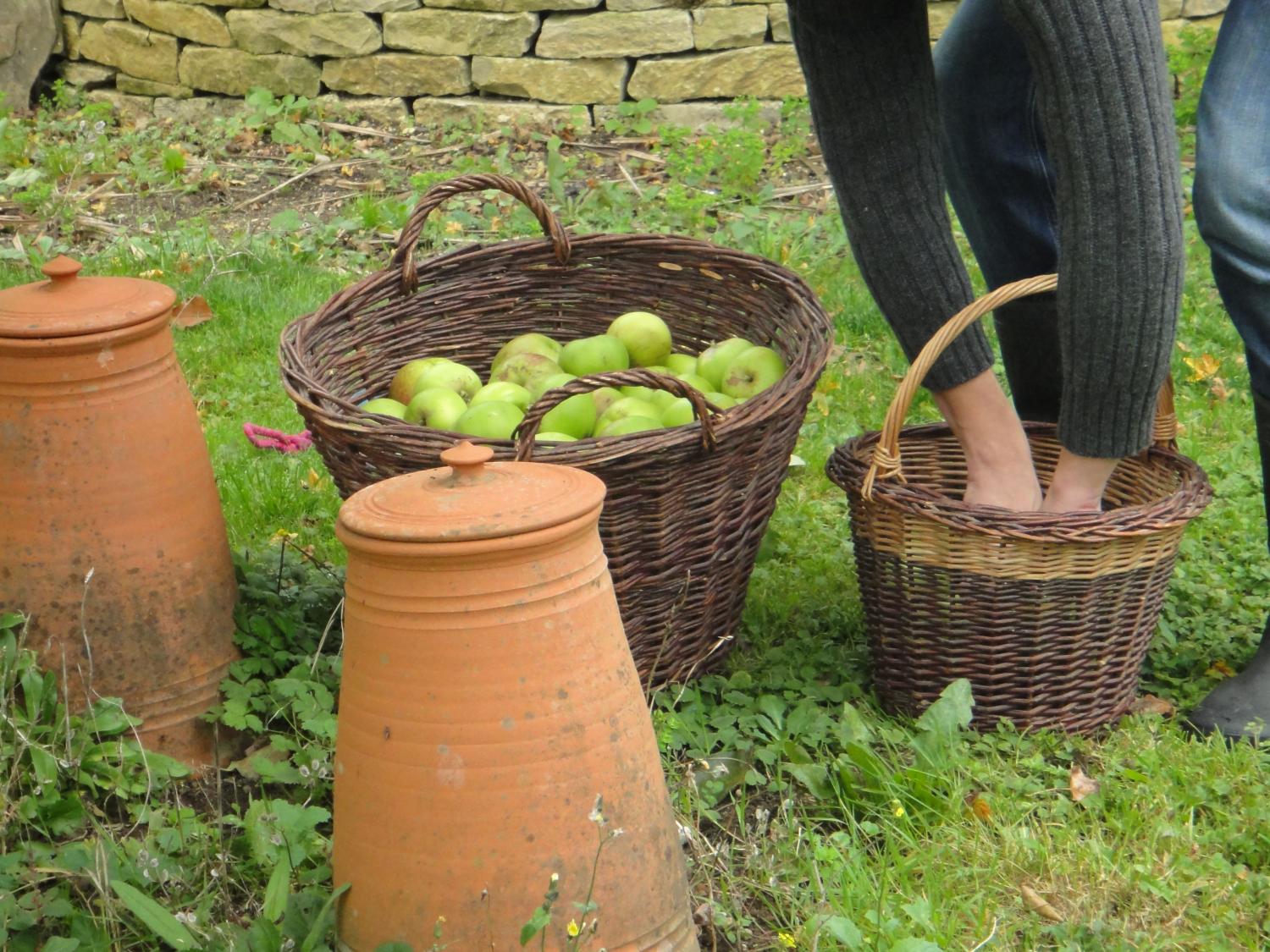
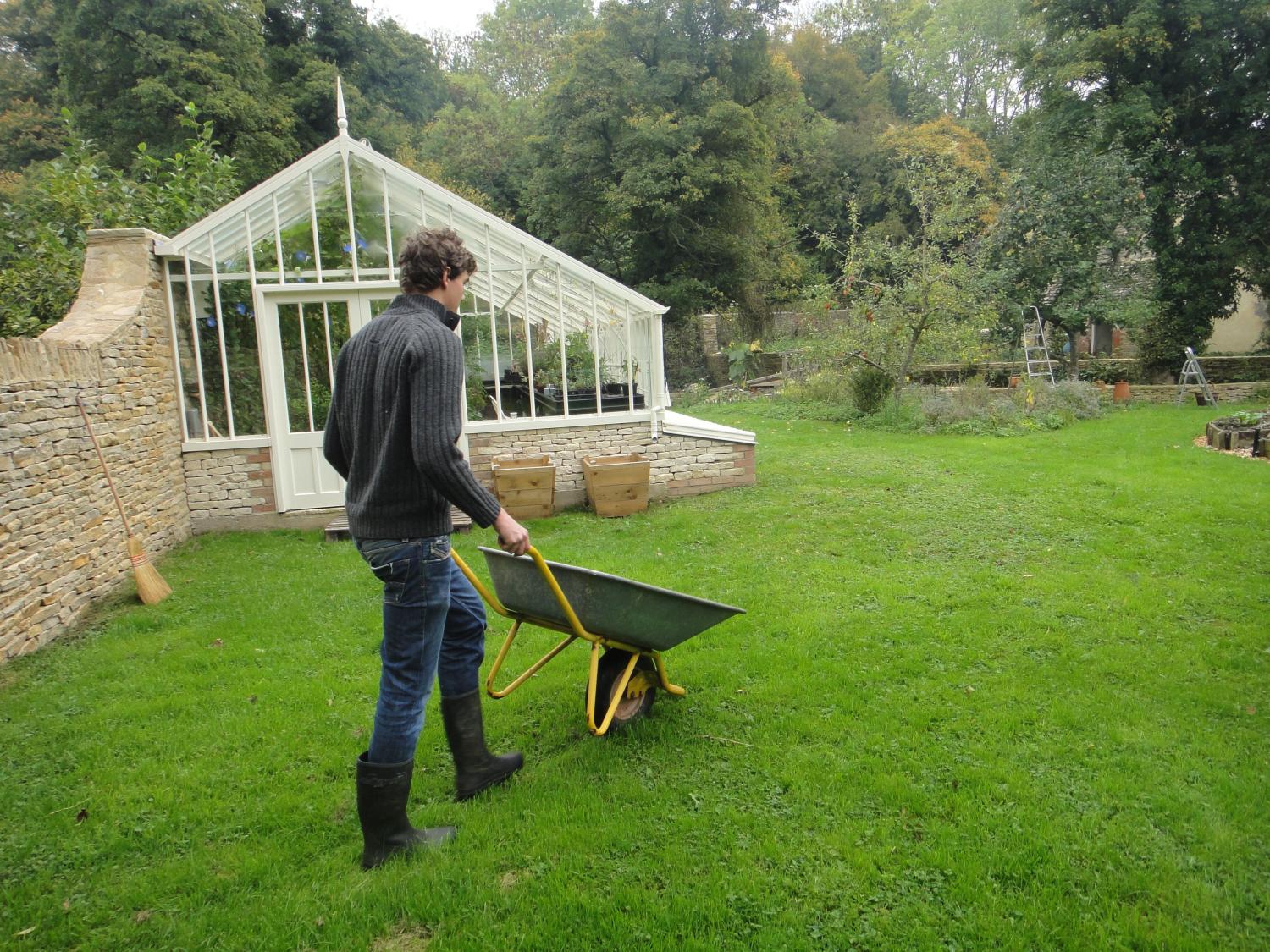
Once we’ve harvested the apples, some are sent to Day’s Cottage for pressing. The rest are stored in vast nets in the sheds, for us to cook with later in the winter. We’ve already received one batch of our apple juice back from Day’s, and this year’s harvest has proved to have a beautiful, delicate flavour, perhaps not quite as sweet as last year. On December 7th, we’re cooking lunch for the team at the Mill, and we’ll mull some of the apple juice to serve alongside. Mulling apple juice couldn’t be easier, and makes a lovely version of a non-alcoholic Christmas drink. You can find the recipe here if you want to give it a try.
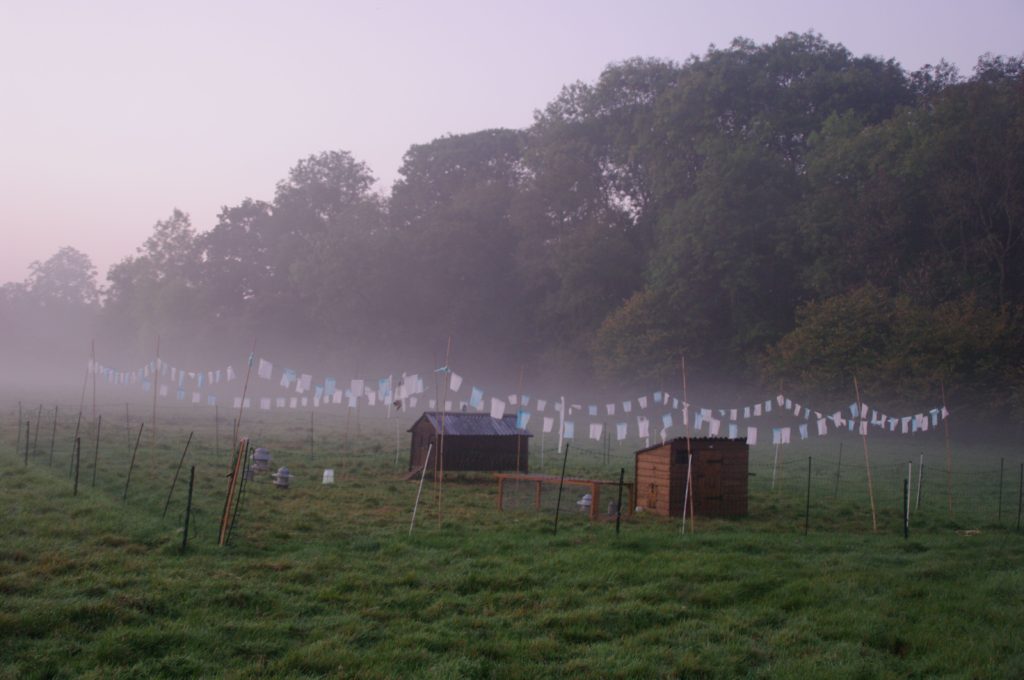

Tree Care Workshop
If you’re interested in growing and caring for apple trees, we are holding a biodynamic ‘Tree Care’ workshop day in the garden on Saturday 10 December, with Rachael O’Kelly and Kai Lange. More details and booking information are on our website, here: http://www.shipton-mill.com/baking-courses/the-art-of-biodynamics-4-tree-care.htm. As Emily says, the apple love and attention doesn’t end with the harvest. In Biodynamic practice, we paste the trees with a fortifying manure based ‘mud pack’ which protects them from pests and diseases through the winter and acts as a fertilizer, keeping them strong and nourished until the next season. There’s also the winter pruning haircut, and of course, a new year wassail!
